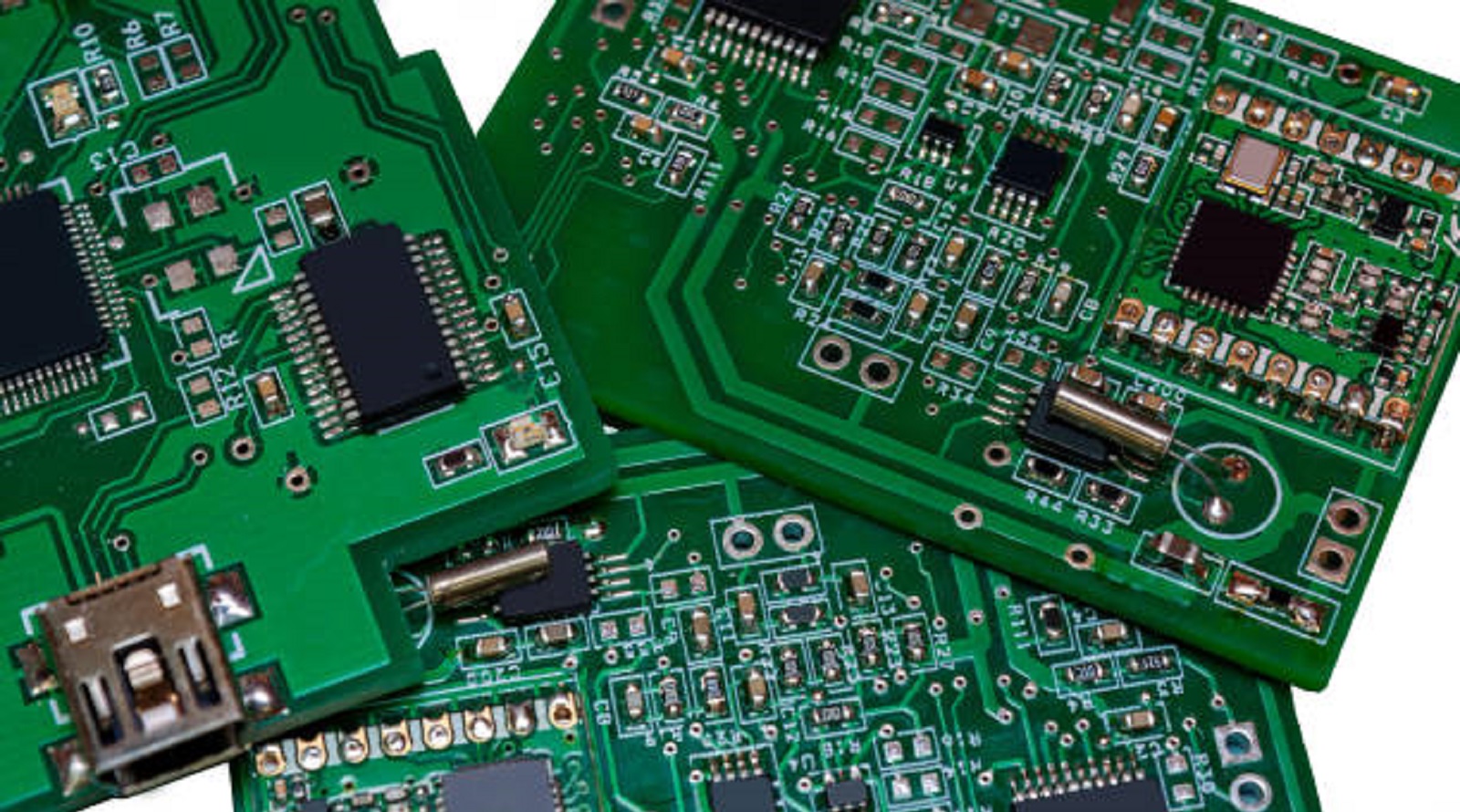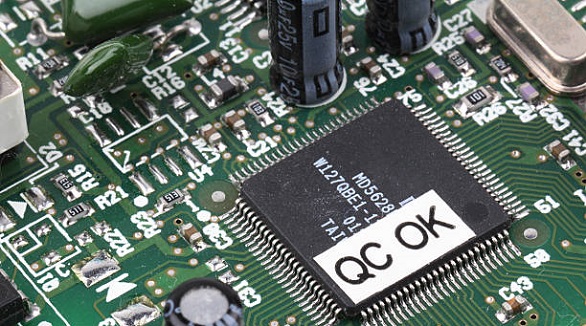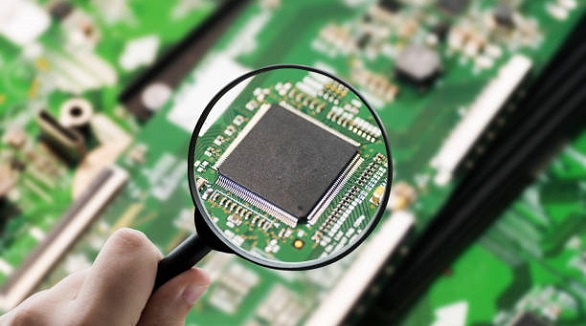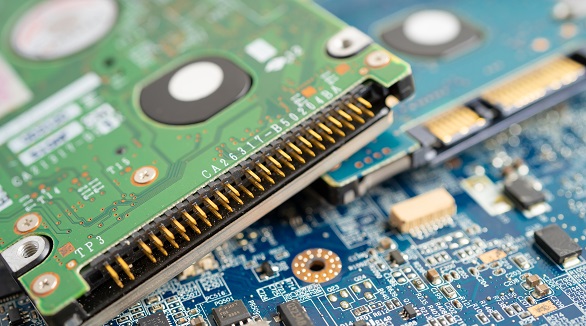ESD Standards
ESD standards like ANSI/ESD S20.20 protect electronics from electrostatic damage, ensuring product reliability and reducing risks in manufacturing.
In the fast-moving electronic world, where new technologies are discovered and introduced practically every other month, along with complicated circuitry, ESD keeps being a nightmare. The ability to understand and apply standards on ESD is crucially important for limiting risks and increasing the reliability of electronic products. This article offers an overview of ESD standards and their great importance in the electronics industry.
The electronic industry keeps changing day in and day out due to a continuous trend of miniaturization, complexity of circuitry, and outsourcing manufacturing processes. These advances reduce the fragility of electronic elements concerning ESD. Users strongly need ESD protection methods that would protect their investments and maintain smooth operational processes for high efficiency. That is where ESD standards come in.
ESD refers to the sudden flow of electricity between two electronically charged objects and may cause complete deviation in sensitive electronic components. The critical nature of rigid ESD control measures is manifested by immediate failure to latent defects that deteriorate long-term performance.
The standards that address ESD include ANSI/ESD S20.20, IEC 61340-5-1, and IEC 61000-4-2; all of these provide structured guidelines designed to protect electronic products from ESD-related damage throughout manufacturing and handling processes.

ANSI/ESD S20.20: The standard developed through ISO9000 Certification Bodies by the EOS/ESD Association is focused on comprehensive provisions for creating and maintaining an ESD control program. It can be applied advantageously in regard to the particular requirements of the electronic manufacturing environment.
IEC 61340-5-1: This is an international standard that is indispensable in Europe. It gives the necessary requirements to achieve product integrity for many industries with an ESD control program.
IEC 61000-4-2: A major international standard on ESD immunity, it specifies testing methods such as contact and air discharge, which are needed to be qualified for the CE Mark to sell electronic devices in Europe.
Why Follow ESD Standards?
Consistency and Comparison: ESD standards ensure the consistency of ESDS items and ESD control products, enabling businesses to make informed comparisons among competing brands and strategies.
Conflict Resolution: These standards help minimize disputes between ESD control product suppliers and users by laying down clear guidelines.
Program Development and Integration: They facilitate the development, integration, auditing, and approval of ESD control programs, thus fostering safer manufacturing environments.
Causes and Effects of ESD in Electronics
ESD occurs because of the dielectric breakdown between the charged objects that results in the rapid discharge of electricity. This could be in the form of visible damage, which includes the burning of holes in integrated circuits, or invisible degradation, leading to operational disruption and increased failure rates.
The lack of ESD protection speeds up component wear and tear, hence compromising product quality and increasing the cost. Therefore, it is very important to follow the ESD standards for sustaining production quality and minimizing financial losses.
How to Implement Effective ESD Control
ESD control can be effectively implemented as a multi-dimensional approach:
Provide and Train: anti-static equipment with thorough training prevents charging and ensures a safe handling environment.
Set up safe workstations: provide workstations with ESD-safe tables and tools to dissipate static charges and protect components and personnel from damage.
Personal Protective Equipment: Have employees wear anti-static clothing and grounded wrist straps to further eliminate the accumulation of static charge and accidental discharges.
Environmental Controls: Utilize air ionizers to remove static charges from the air and maintain an electrostatically stable environment.
Monitoring and Maintenance: ESD control systems are regularly tested and compliance with standards audited to ensure that they remain effective and adjust to the changing manufacturing conditions.
The Role of Standards Organizations
Organizations such as the EOS/ESD Association and International Electrotechnical Commission (IEC) play important roles in developing and disseminating ESD standards. Joint efforts by such organizations ensure that standards reflect current technological and industrial requirements.
Also, the inclusion of military standards, such as MIL-STD-1686, into commercial standards meets the transition of comprehensive ESD control measures across different industries-from defense to civilian.

Conclusion: ESD standards are foundational upon which electronic devices must be designed and developed to prevent the disastrous effects of an electrostatic discharge. An ability to understand the subtleties of these standards allows the delivery of products not only that meet the expectations for quality and reliability but also exceed them. By integrating precise ESD protection strategies and following established standards, manufacturers can ensure the longevity of their products, enhance performance, and protect against potential losses related to ESD. As the electronics industry continues to innovate and grow, the importance of robust ESD standards will remain a critical component of successful manufacturing and operational practices.
Hot Tags:
Contact us

If you can't find what you're looking for, please contact us.
Article

IPC-A-600 standard guides PCB quality through three class levels, ensuring durability and reliability for diverse applications, crucial for manufacturers.

IPC Class 2 offers cost-effective reliability for non-critical electronics, while Class 3 ensures high-reliability for critical applications, at higher cost.

PCBs are vital components in most electronic devices, including consumer electronics, medical devices, and automotive systems. PCBX offers diverse, high-quality PCBs, driving modern technology with innovation and reliability.
